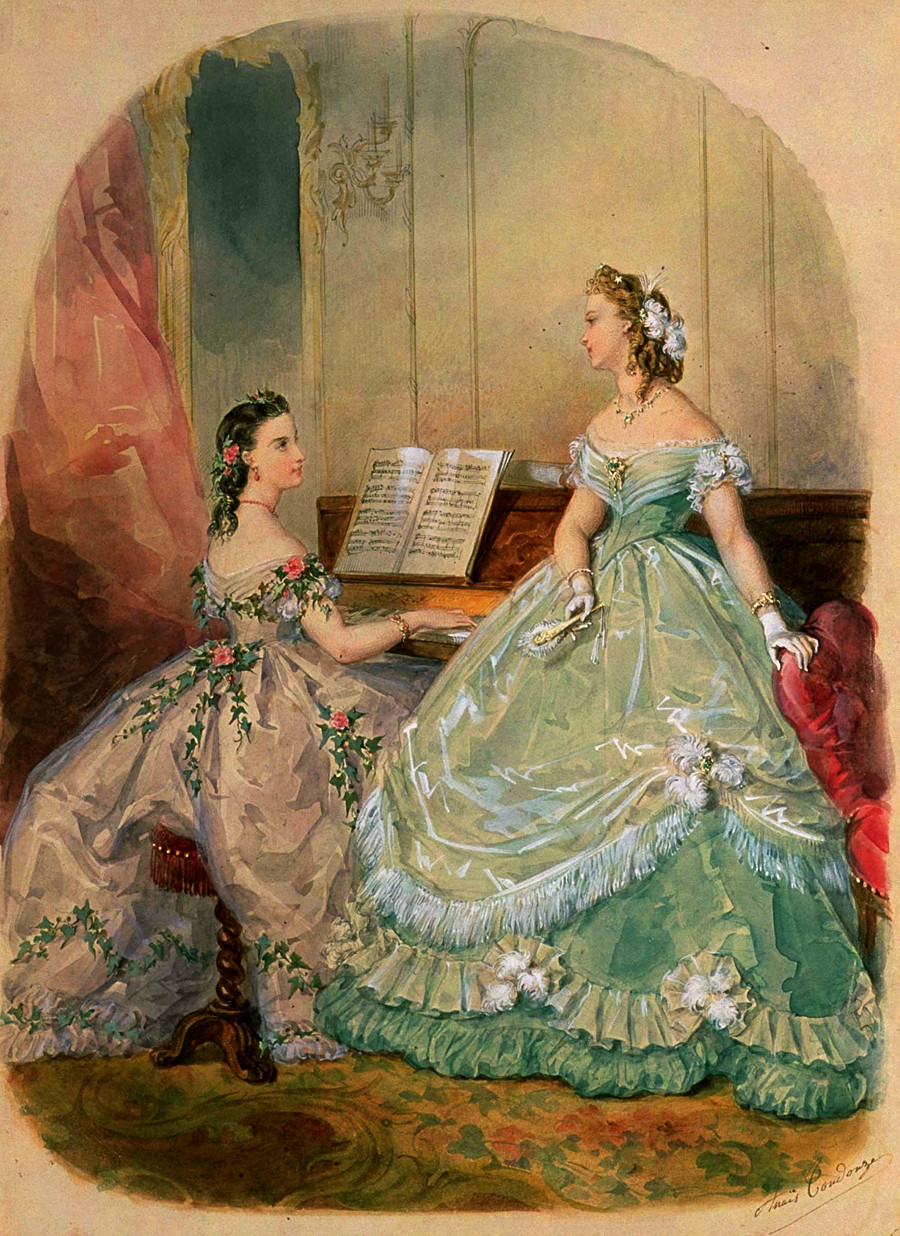Today, the term “lady” is often used as a civil term of respect for a woman, as is “gentleman” for a man.
But there was a time when its purpose was to address women of high social class or status.
During the Middle Ages, princesses or daughters of the blood royal were usually known by their first names with “The Lady” prefixed, e.g. The Lady Elizabeth.
The Renaissance lady is described by Italian courtier, author, and diplomat Baldassare Castiglione (1478 – 1529) in his handbook for the nobility, The Book of the Courtier, (Amazon affiliate link) in which he writes that she was the equivalent of the courtier, with the same virtues of mind and equivalent education.
Castiglione writes that although culture was an accomplishment for the noblewoman and man alike—used to charm others as much as to develop the self—for the lady, charm had become the primary occupation and aim.

By Victorian times, ladies etiquette had become a fine art. Several handbooks provided advice on the complexities and nuances, none other than Florence Hartley’s The Ladies’ Book of Etiquette and Manual of Politeness (Amazon affiliate link) advises that a lady should have knowledge of the forms and customs of society and how to show the gentle courtesies of life.
Emphasizing just how important dress was to the Victorian lady, is this Florence Hartley quote:

Merriam Webster’s Dictionary describes the formal use of “lady” as a title of nobility:
Here are twelve portraits of titled ladies from the Georgian, Victorian, and Edwardian eras.
Which is your favorite portrait of a Lady?
